In co-operation with the Estonian Tourist Board
Pärnu in Estonia is known for its beaches, its spas and its many fine wooden villas. It was mostly raining when we visited this classic spa and seaside holiday resort, but it was still a nice visit.
Innehållsförteckning
Pärnu in Estonia
Pärnu in Estonia is located on the coast in the south-west of the country, and is known for its long, fine sandy beaches, its many spas and its lovely villa idyll. The city lies on the Bay of Pärnu, which is part of the Gulf of Riga, about 110 kilometres south of the capital Tallinn. The Pärnu River runs through the centre of the city.
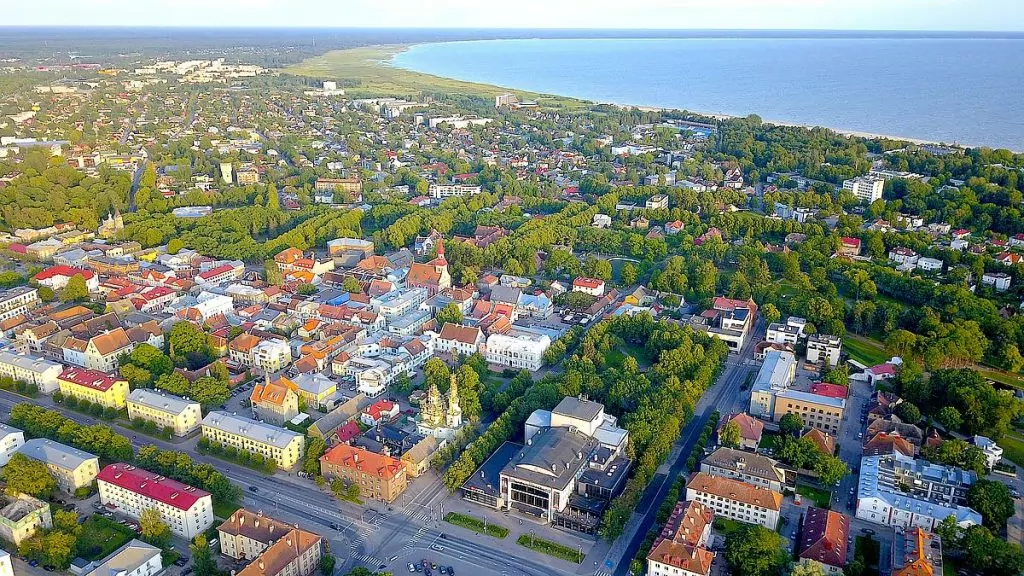
Beaches in Pärnu
I (Helena) visited Pärnu during a train trip in 1996 and remember the long fine sandy beaches. We started with a walk along the beach and yes, it was just as nice as I remembered it. However, the weather was a little worse this summer than in 1996.
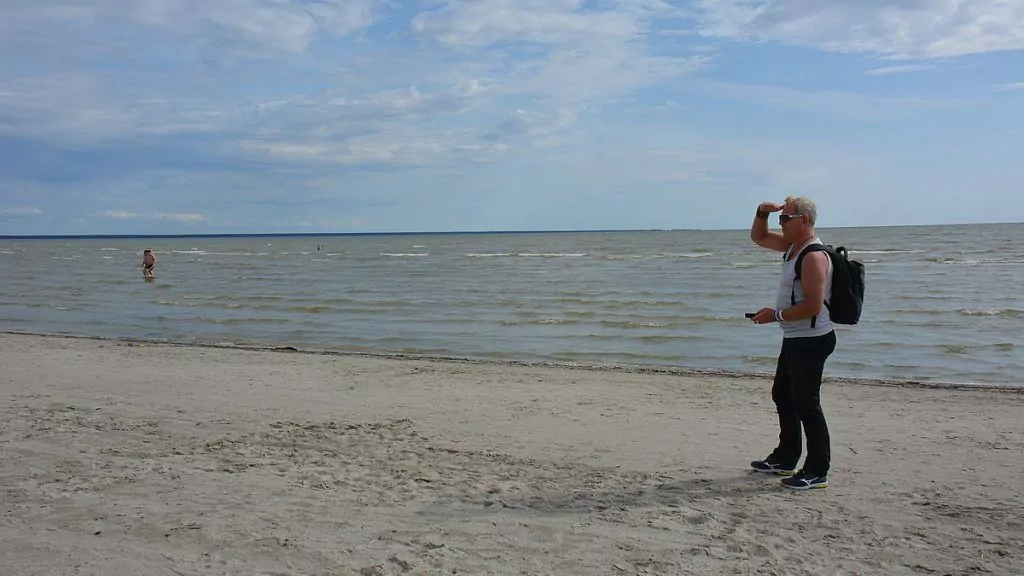
The weather was bordering on bathing weather and the bravest (children, some young men and a bunch of crows) did swim, but we would prefer a little more sun before hitting the waves.
The semi-bad weather at least allowed us to stroll past the yellow sign marking the start of the women's naturist beach - no women were keen to swim naked on this particular day.
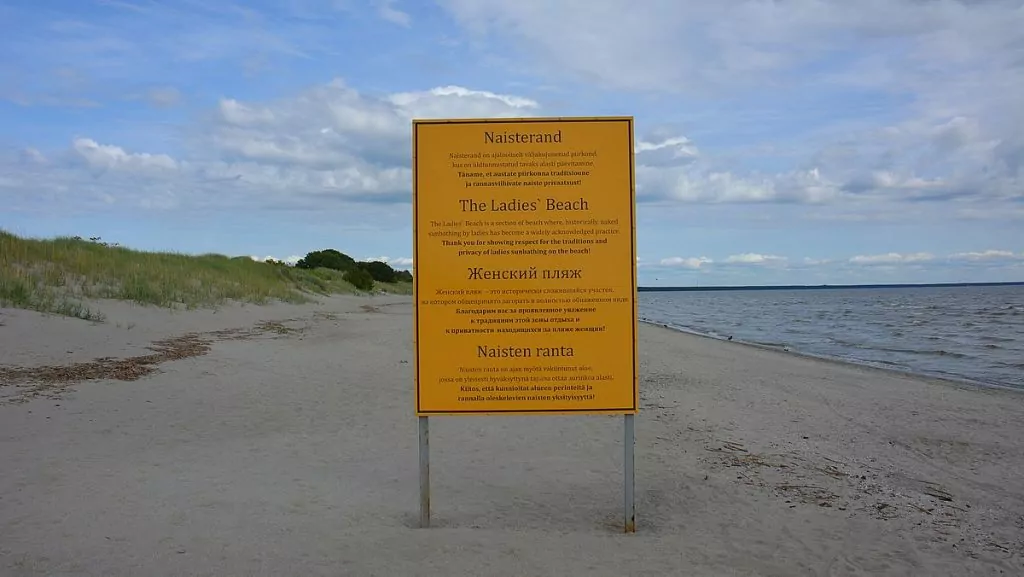
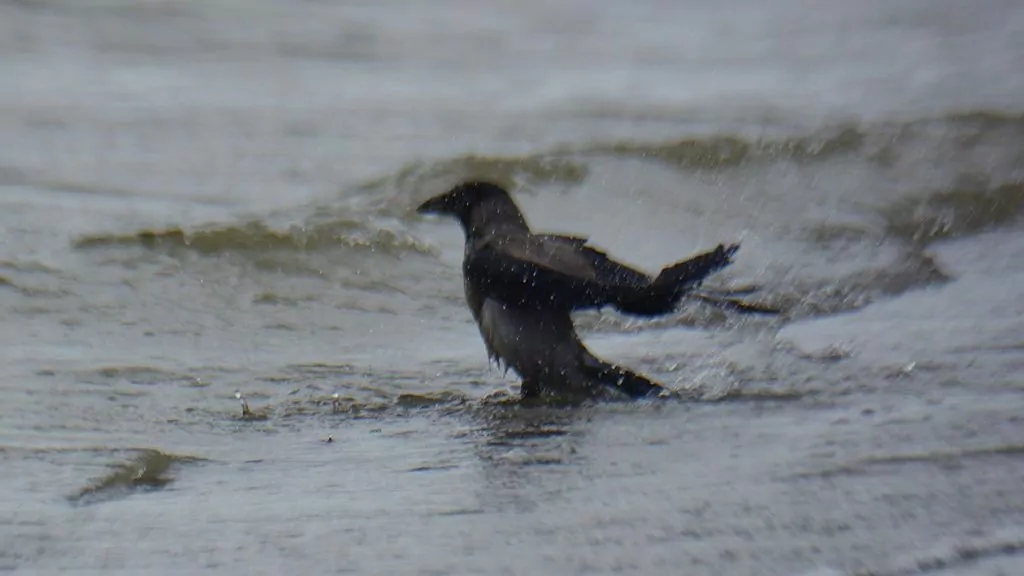
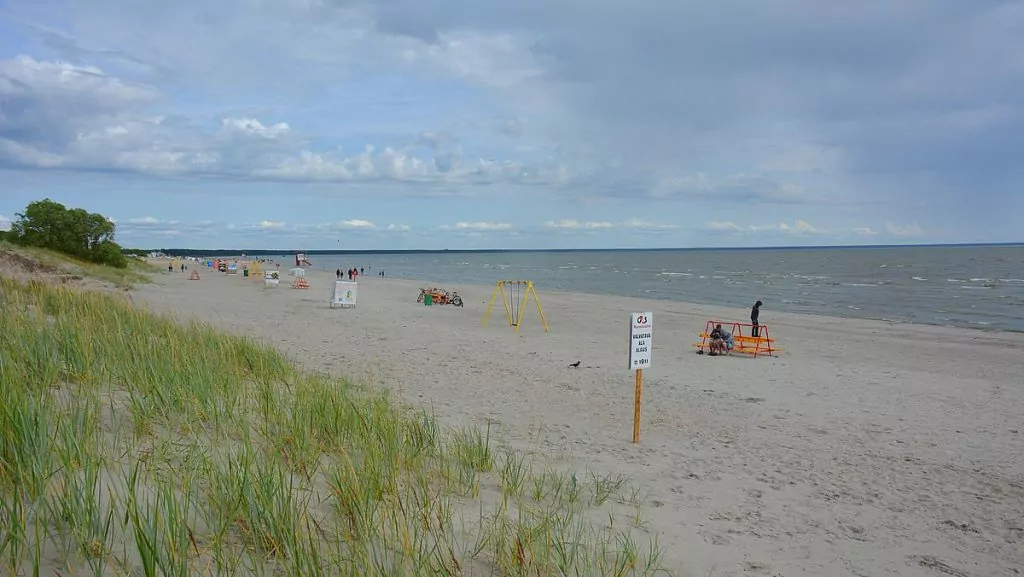
We found a small beach bar among the dunes, where we took the opportunity to refuel with some beer. One thing we can say about the beaches in Pärnu, Estonia: long and with fantastic sand. If the weather is good, it must be great to sunbathe and swim here.
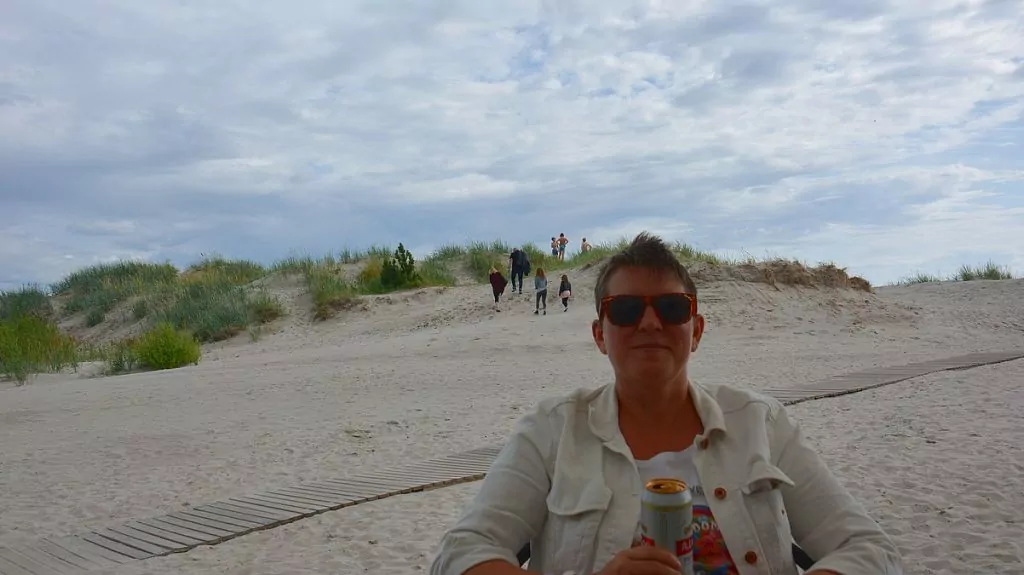
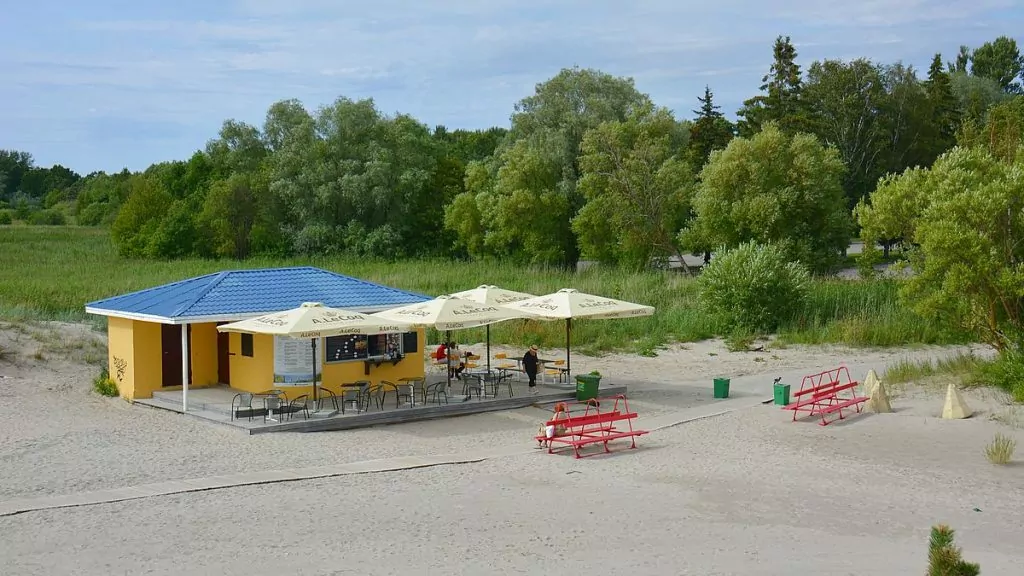
Spa in Pärnu
People come to Pärnu not only to sunbathe and swim on the long beaches, but just as much to enjoy wonderful spas. Pictured here is the Pärnu Mudaravila, a neoclassical building and one of the most important symbols of the Pärnu resort.
The history of the baths is considered to have begun in 1838, when they started offering baths and saunas, both in summer and winter. After the Soviet era, the spa closed, but in 2014 a boutique spa opened in the building. Another spa worth visiting is the ESTONIA Resort Hotel & Spa.
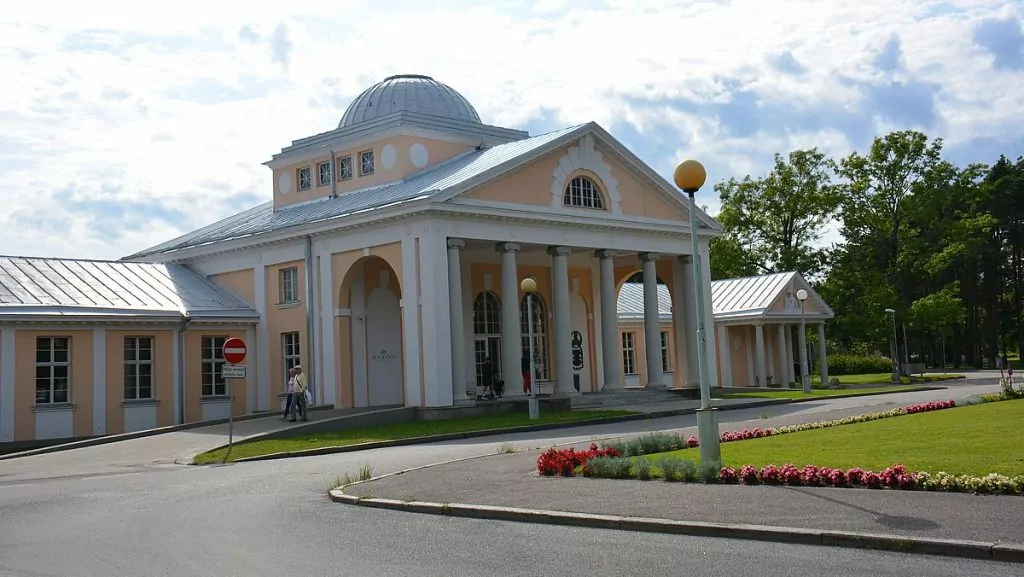
Villas and nice houses in Pärnu
Pärnu is Estonia's largest city in terms of area, and in terms of surface area it is also larger than cities such as Milan, Athens, Barcelona and Hamburg. However, the city is sparsely populated, with only around 60 people per square kilometre.
Pärnu is a largely residential town, and it's great to walk around the large, beautiful wooden villas full of ornamentation and carvings.
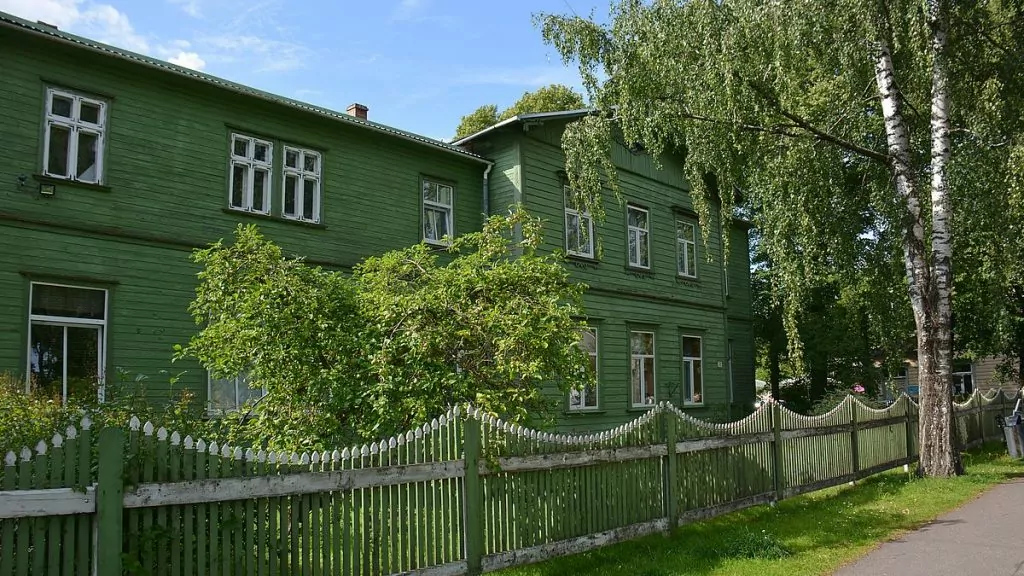
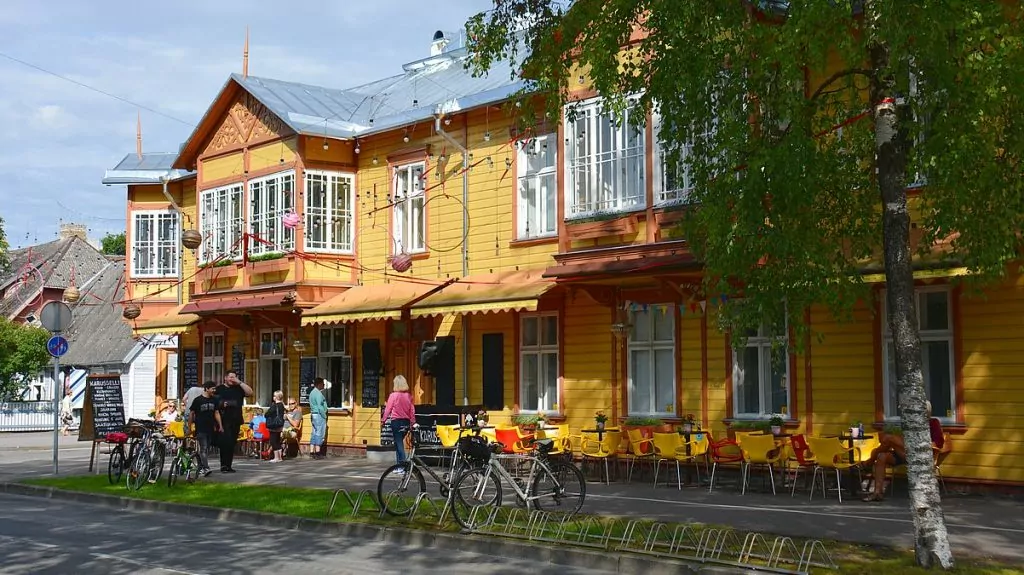
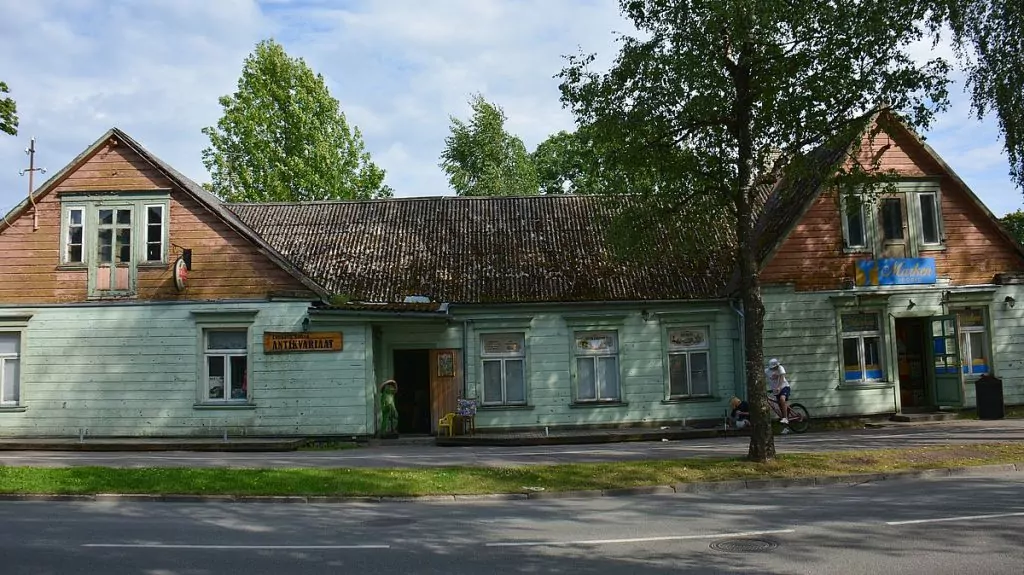
Villa Ammende
One villa that stands out among the villas is Villa Ammende. The villa, which once belonged to a merchant named Ammende, was completed in 1905 and is one of Estonia's best examples of the Art Noveau style. Between 1927 and 1935, the villa served as a casino, and during the Second World War there was a club here.
During the Soviet era, the house was used as a sanatorium and library. The villa has since been renovated and in 1999 a hotel and restaurant opened in the house.
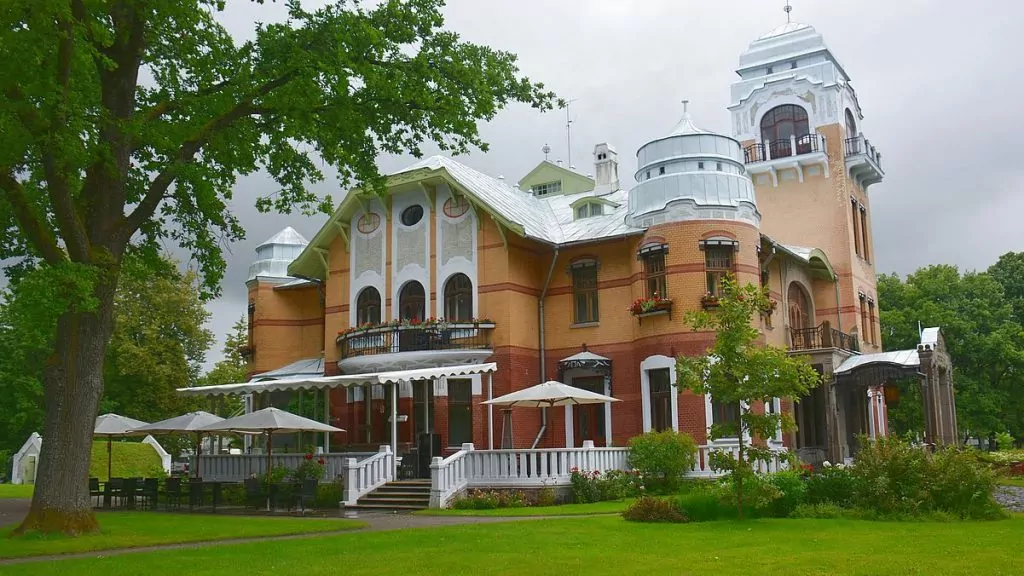
We peeked into the villa and asked if we could do a little report for our blog, and it was great. We really loved the atmosphere here! It was raining outside, and it was great to step right into a classic and cosy Art Nouveau environment.
The restaurant wasn't quite open yet, but later in the day they serve, for example, ostrich starters or lamb salad baptism for starters and duck with pea puree or fish with rum and quail eggs for the main course.
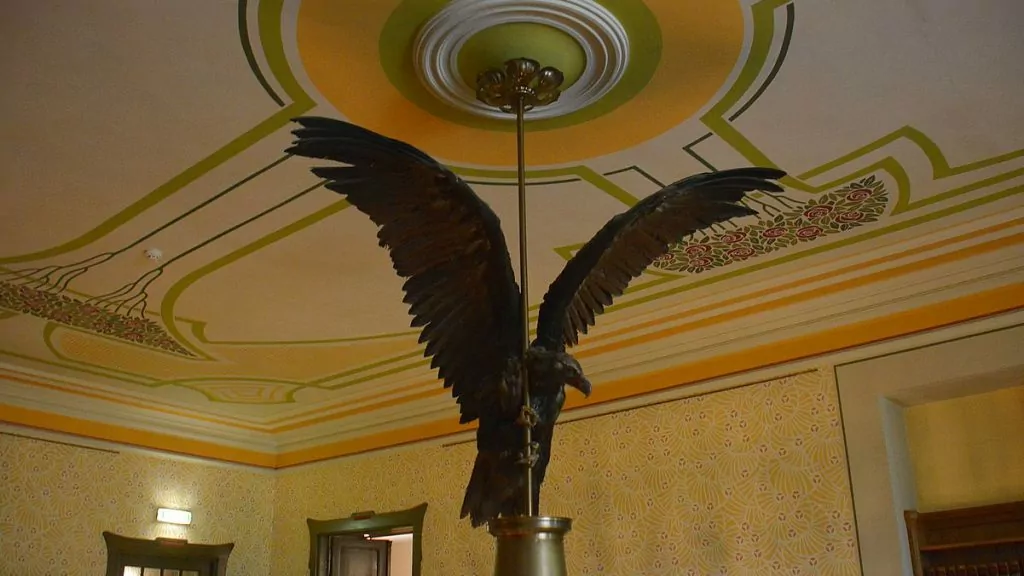
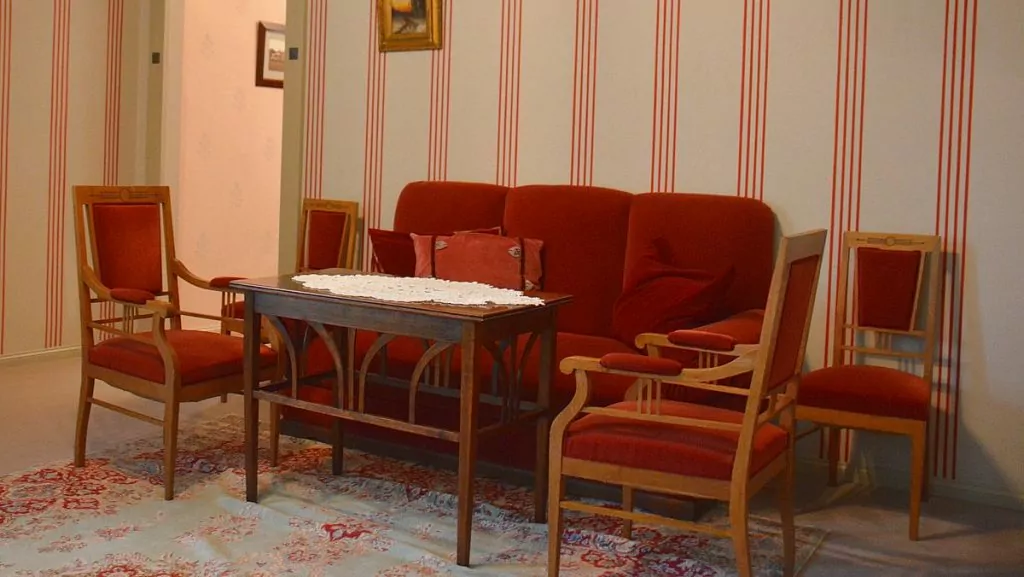
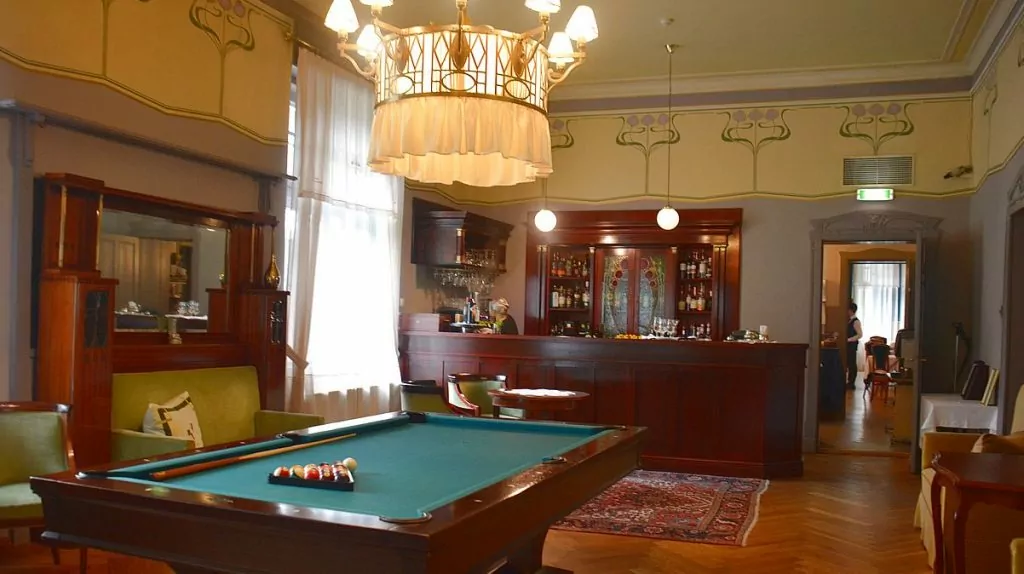
A nice young man showed us two rooms, which were currently vacant: a suite and a standard room. Had we not had a motorhome, we would have moved in here immediately, love this old style.
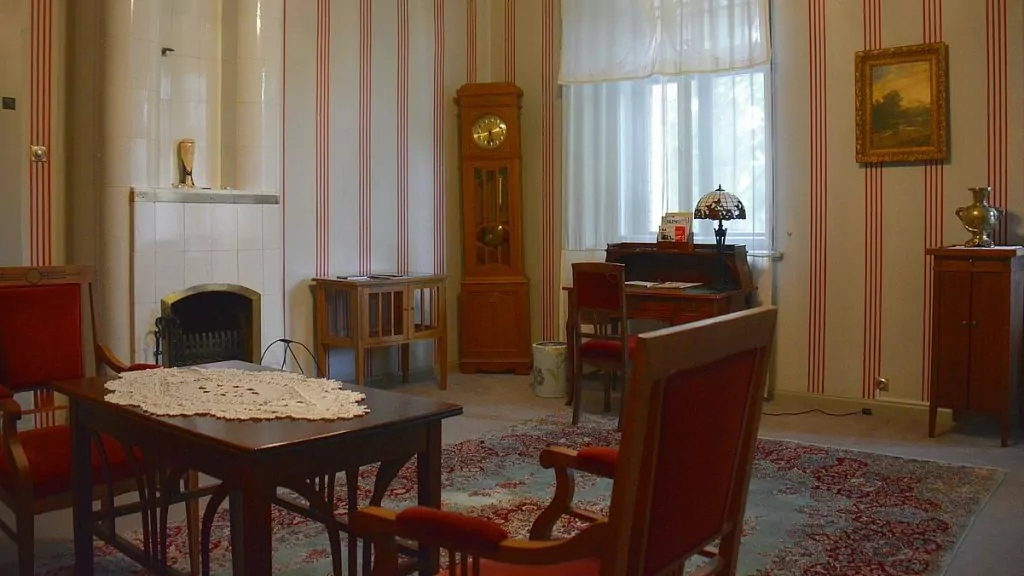
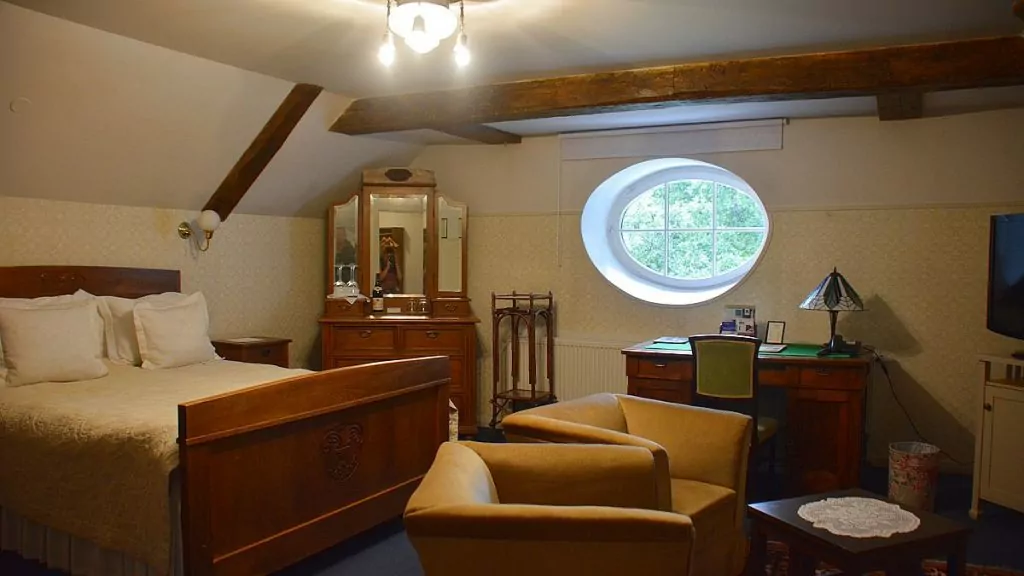
Tallinn harbour
The Tallinn Gate in Pärnu, known as Carl Gustav's Gate until 1710, is the only preserved 17th-century moated gate in the Baltic States. The gate was probably built by Erik Dahlberg, who built similar royal gates and bastions in Narva and Riga.
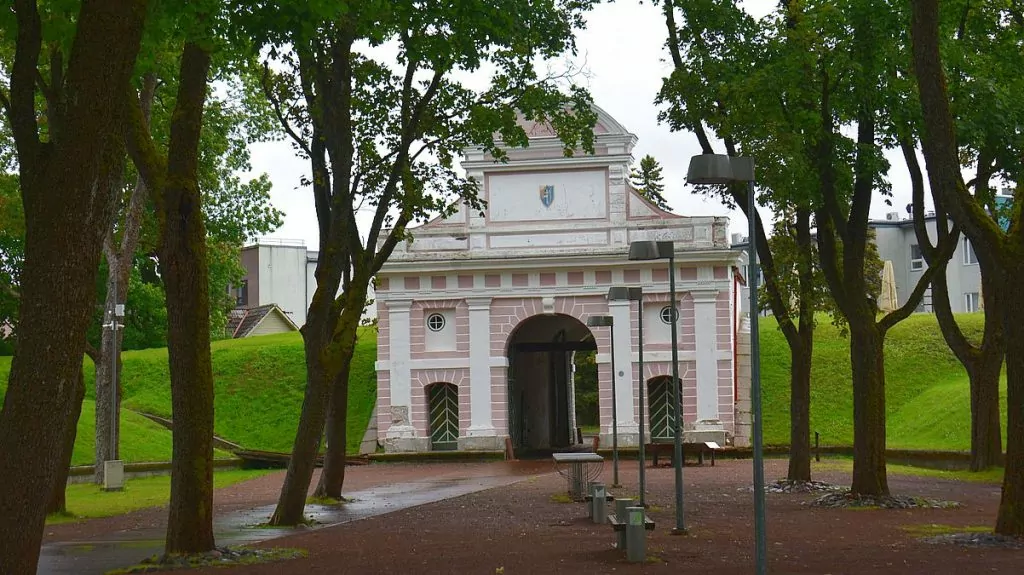
Pärnu Vallikäär
There are several great places to walk in Pärnu, such as along the beach and at the Pärnu Vallikäär (Pärnu moat).
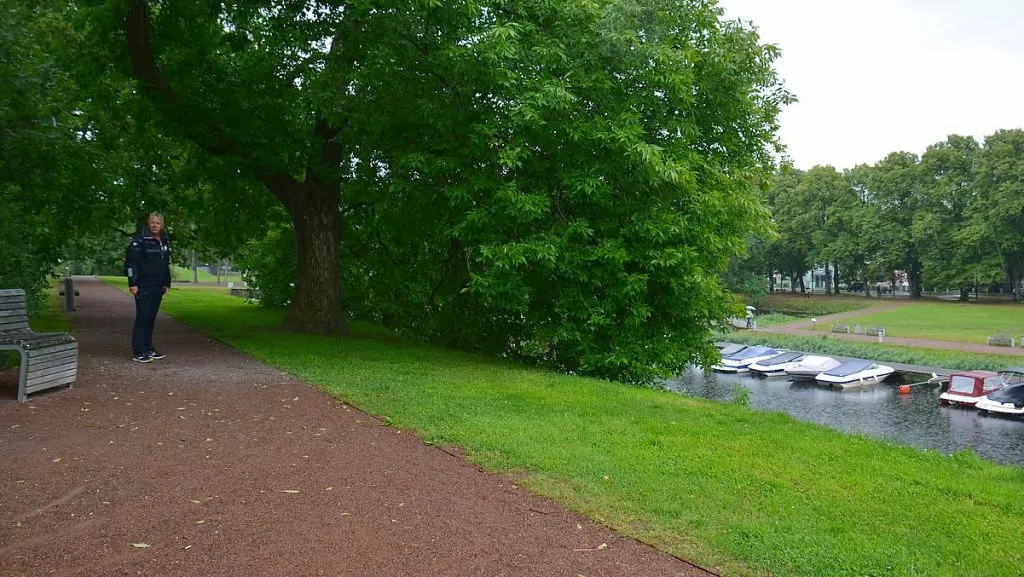
Churches in Pärnu
There are several fine churches in Pärnu. St Elizabeth's Church is a Lutheran church completed in 1747 and named after Tsarina Elisabeth Petrovna.
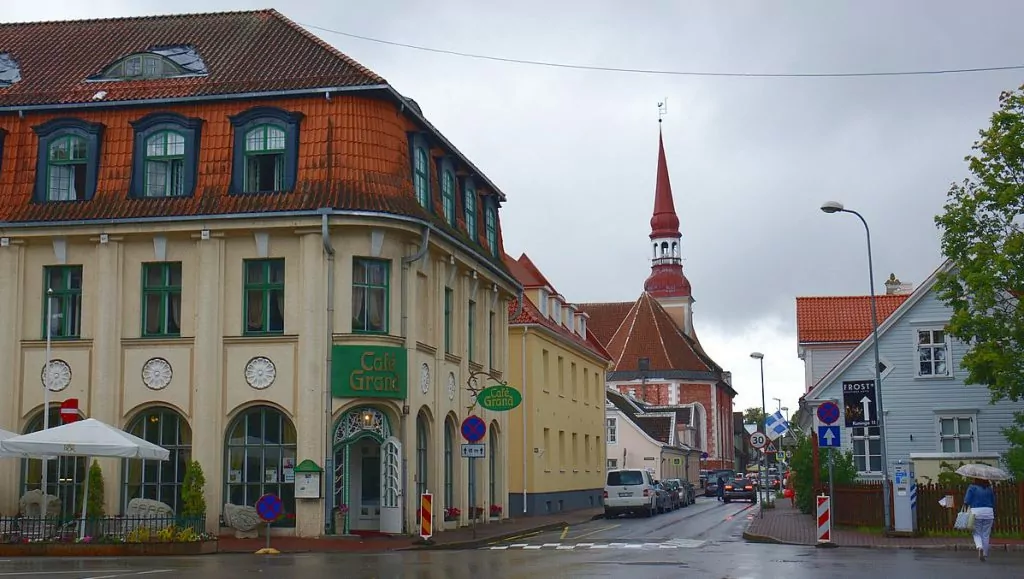
We also checked out the Estonian Apostolic Orthodox Church of Christ the Redeemer in Pärnu. In Estonia, Lutheran and Orthodox churches are interspersed.
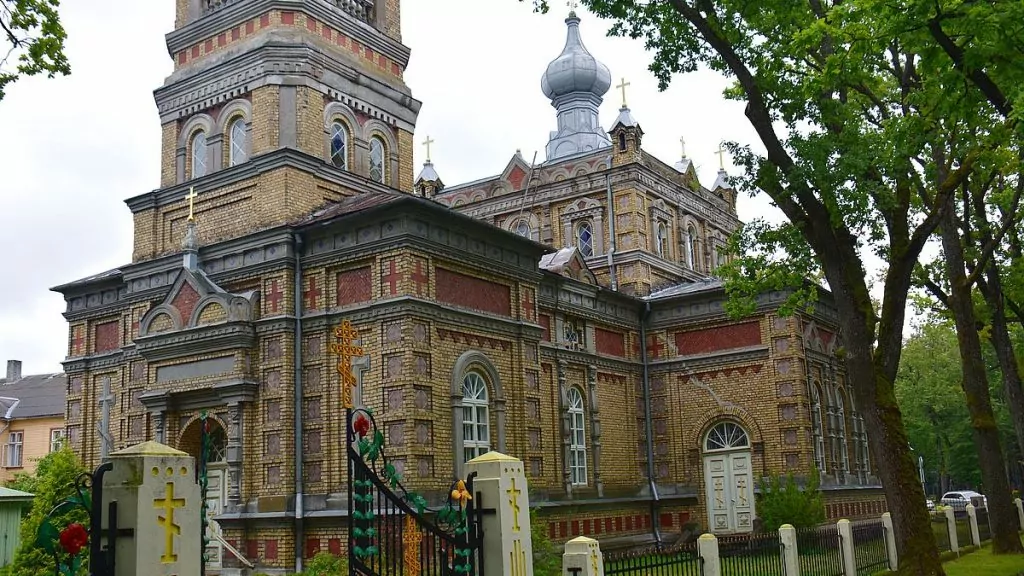
Town Hall and Tourist Information Centre
The current Town Hall is located in a building constructed in 1797. The building is connected to the City Council building, which was built in neo-baroque style in 1911, but looks much older than the Town Hall. The town hall also houses the tourist information centre.
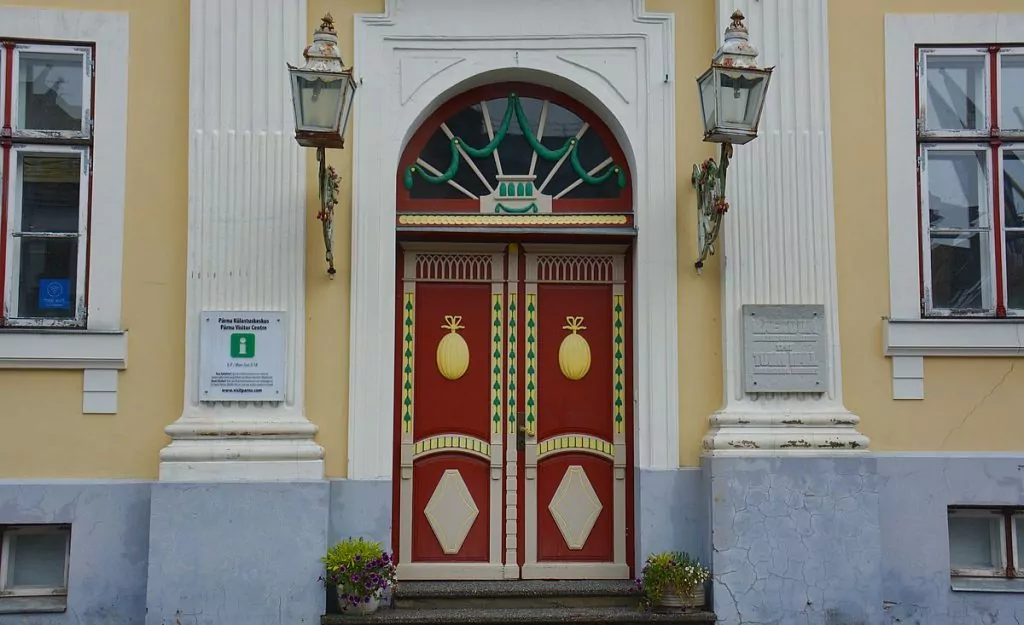
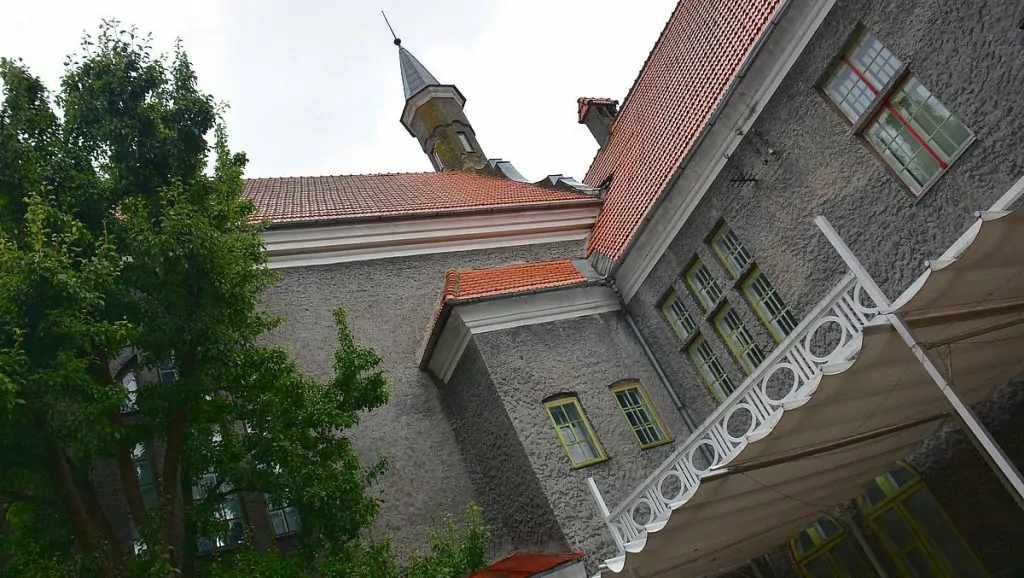
Shopping, restaurants and pubs
Pärnu is full of restaurants and pubs, and there are also shopping streets with shops. A very nice city to stroll around!
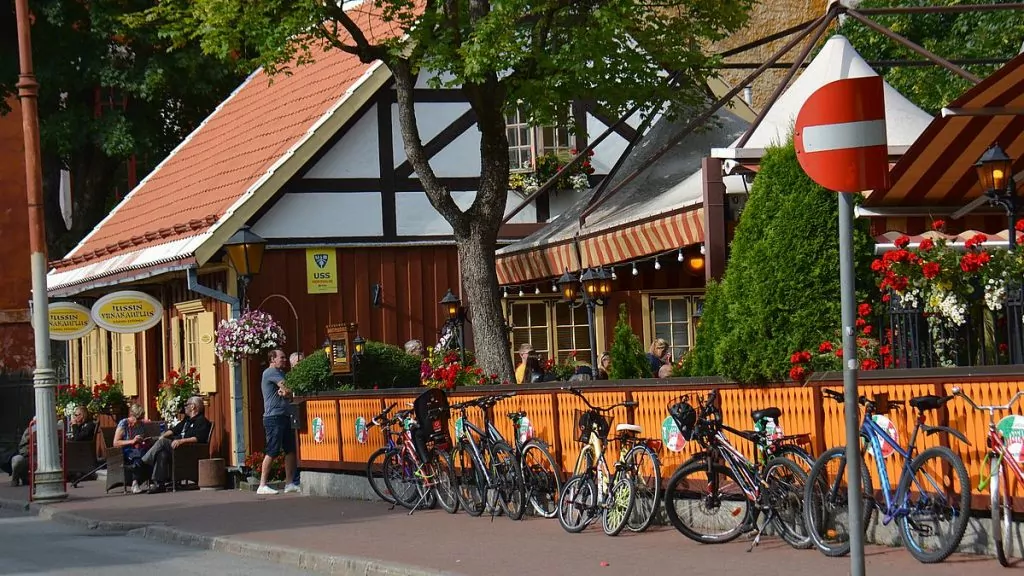
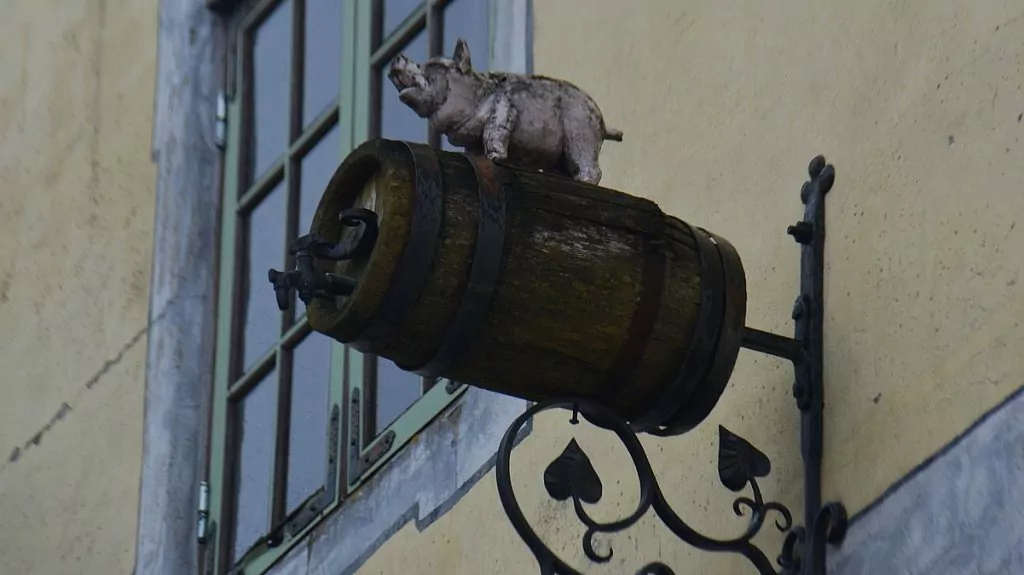
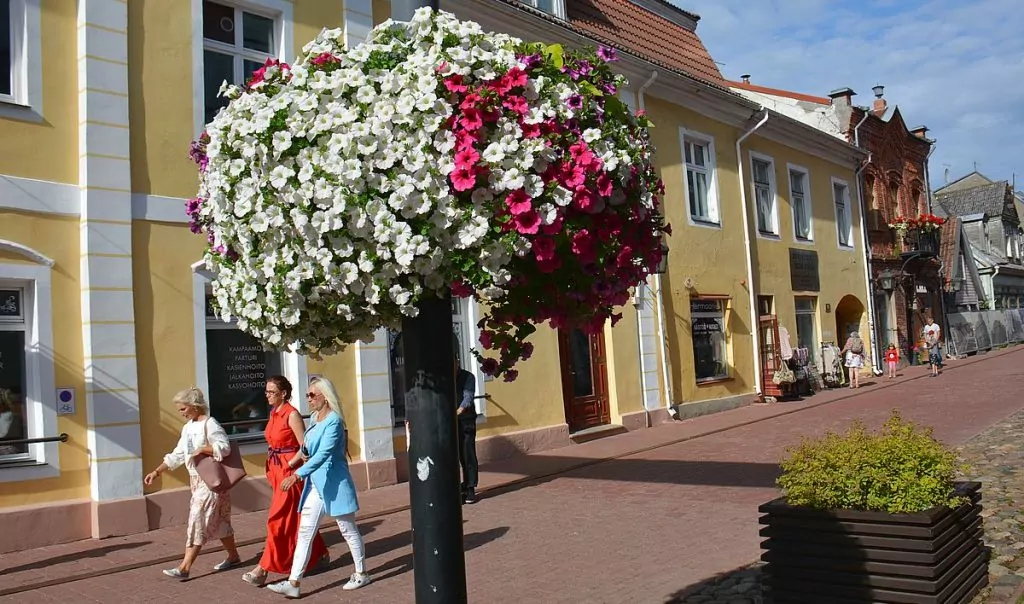
Video from Pärnu
Peter has put together a short film from Pärnu, Estonia. Feel free to check it out!
By motorhome in Pärnu, Estonia
We came by motorhome to Pärnu, on our way from Tartu and The highest mountain in the Baltics. There are several campsites in and around Pärnu, but we chose to do like many other motorhomes and park at the quay. There are no services here (not even rubbish bins), but you are within walking distance of both the town and the beach. We paid 2 euros for 24 hours.
Cruise Stockholm - Tallinn with Victoria I
We have been on a cruise Stockholm - Tallinn with Victoria I from Tallink Silja Line. So...
Guided tour of Tallinn - the Kalamaja neighbourhood
Today you can join a guided tour in Tallinn, Estonia! We love guided tours. When...
Tourest 2020 travel fair in Tallinn - travel destinations and delicacies
We have visited the Tourest 2020 travel fair in Tallinn, Estonia. Really fun and inspiring! The fair offers both ...
The cliffs of Ontika in Estonia - and Oru Park in Toila
In collaboration with the Estonian Tourist Board The cliffs of Ontika in Estonia are dramatically steep rock faces that plunge into the...
Lake Peipus in Estonia - village festivals, onions and old-timers
Lake Peipus in Estonia is located in the eastern part of the country and is known for its...
Rummu quarry in Estonia - prison turned bathing paradise
In cooperation with the Estonian Tourist Board Rummu quarry in Estonia is a very different sun and bathing paradise,...
An excursion to Kadriorg Palace in Tallinn, Estonia
It's all over the place here! A few days ago we were in Malta and now we are in...
Rakvere fortress in Estonia - history and spectacle
In cooperation with the Estonian Tourist Board Rakvere Fortress is located on a hill in the town of Rakvere in the north of...
2 good hotels in Tallinn, Estonia - luxury or colour?
We have now tried two different good hotels in Tallinn, Estonia. The first night we stayed ...
Facts about Estonia - 30 things you (might) not know
Here are the facts about Estonia - 30 things you (maybe) didn't know about the country. Estonia is...
Rally Estonia in Tartu - a great festival of people
In cooperation with the Estonian Tourist Board Rally Estonia in Tartu is a great folk festival that attracts...
Narva in Estonia - on the border with Russia
In cooperation with the Estonian Tourist Board Narva in Estonia is the EU's outpost against Russia, with the border crossing...
Haapsalu, Estonia - noise village charm on the coast
In collaboration with the Estonian Tourist Board Haapsalu in Estonia is a beautiful wooden town on the Estonian coast....
Things to do in Estonia - 30 sights and experiences
What to see and do in Estonia? We offer 30 tips for a country...
Saaremaa in Estonia - the island of windmills
Saaremaa in Estonia is an island in the Baltic Sea the size of Gotland, known to all...
Kynö in Estonia - the island where women are in charge
In cooperation with the Estonian Tourist Board Kynö in Estonia is a small and very special island. It...
Travelling by motorhome in Estonia - all you need to know
What is it like travelling with a motorhome in Estonia? We have just returned home after barely...
10 things to do in Tartu, Estonia
What to do in Tartu, Estonia? We spent three days in this...
Exploring the port of Tallinn, Estonia
One of the best things about travelling is discovery. Going on unplanned...
Ferry to Estonia - Tallink silja vs DFDS
Ferry to Estonia, which one to choose? On our last trip to Estonia, we tried two different ferry...
The highest mountain in the Baltics - Suur Munamägi in Estonia
In cooperation with the Estonian Tourist Board We have "climbed" the highest mountain in the Baltics - Suur Munamägi in Estonia....
Lahemaa National Park in Estonia - nature and mansions
In cooperation with the Estonian Tourist Board Lahemaa National Park in Estonia is a large natural area that offers...
Ferry to Tallinn - what not to miss
If you follow our blog, you know that we travelled by ferry to Tallinn during the Easter holidays. We...
Proto discovery workshop - experience centre in Tallinn
The Proto Discovery Workshop is an experience centre in Tallinn where you can discover and experience early technological developments,...
Motorhome holiday in Estonia - starting in Tallinn
We're finally off on a motorhome trip in Estonia, exploring the country for three weeks! We...
Keila waterfall in Estonia - and a romantic park
In cooperation with the Estonian Tourist Board Keila Waterfall in Estonia is the country's third largest waterfall and is located...
Dagö in Estonia - among lighthouses and Swedish history
In cooperation with the Estonian Tourist Board Dagö in Estonia is a green and scenic island, where...
What to do in Tallinn - 30 sights and experiences
Looking for tips on things to see and do in Tallinn? We've visited Estonia...
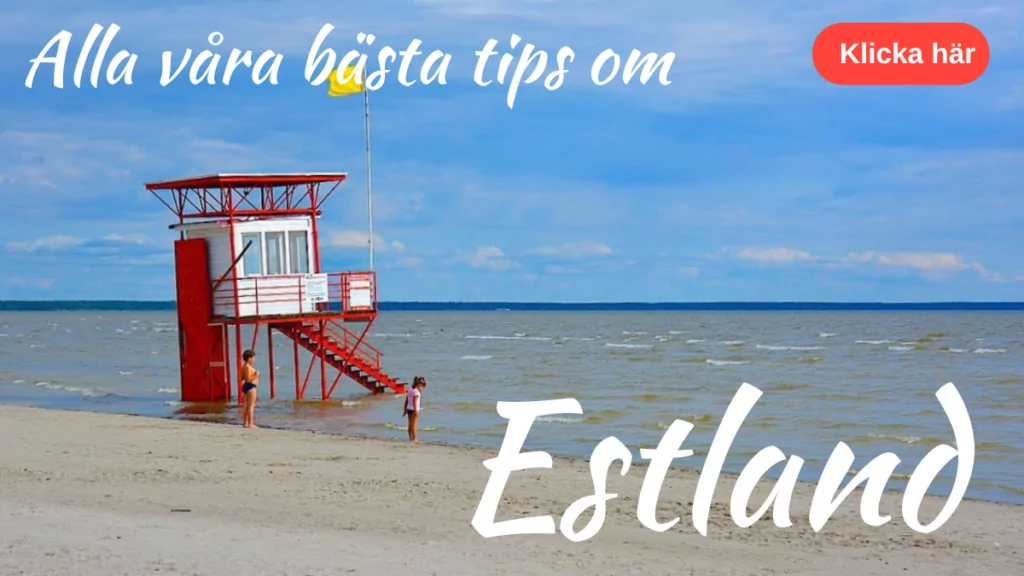
Facts about Pärnu in Estonia
- Country: Estonia
- Landscape: Pärnumaa
- Municipality: City of Pärnu
- Population: 39 000 (2017)
- Established: Year 1241
- Tourist information: Uusgatan 4
- Travelling here: Pärnu is located directly south of the capital Tallinn. Driving by car from Tallinn takes about 1 hour and 40 minutes.
Attractions in Pärnu
- Churches: St Catherine's Church (Vee 8), the Apostolic Orthodox Church of the Fathers of Häädemeeste (Kooli 23), St Elizabeth's Church (Nikolai 22) and the Estonian Apostolic Orthodox Church of Christ the Redeemer in Pärnu (Aia 5).
- Monument: Memorial to the proclamation of the Republic of Estonia as an independent state (Rüütli 40A), Moment in Time memorial (Kuninga 29) and Raimond Valgres sculpture (Mere 22).
- Attractions: The Town Hall (Uus 4), Maarja-Magdaleena Guild (Uus 5), Tallinn Harbour, Pärnu Vallikäär moat, Pärnu Yacht Club Marina (Lootsi 6), Pärnu Pier, Pärnu Mud Baths (Ranna 1), Rannahotell (Ranna 5) and Pärnu Seafront.
History of Pärnu
- 13th century: Pärnu was founded in 1241 by the Teutonic Order.
- 16th century: The city was first conquered by the Swedes in 1562. It was then briefly held by German knights before being conquered by Russia in 1575.
- 17th century: Ownership continued to change before the city was again conquered by Swedes in 1617, this time from Polish troops. In 1617, the city was granted privileges by Gustaf II Adolf and in the same year became the seat of a Swedish governor.
- 18th century: Pärnu later played an important role in the Great Northern War. Charles XII landed in Pärnu with the Swedish army on 6 October 1700 to rescue the area, which was under the control of Saxony and Russia. In 1710, Pärnu was captured by the Russians, and the city was then part of Livonia until 1920.
Accommodation in Pärnu in Estonia
- Hotel: There are many different types of accommodation to choose from, ranging from luxury spa hotels to holiday apartments.
- Camping: There are several campsites in and around Pärnu, such as Konse Motel & Caravan Camping, Jõekääru Holiday Camp, Camping Green and Solar Caravan Park. You can also park your caravan on the quay in the centre of Pärnu.
Programme "Promoting Estonia as a Tourism Destination" is supported by European Union Regional Development Fund.

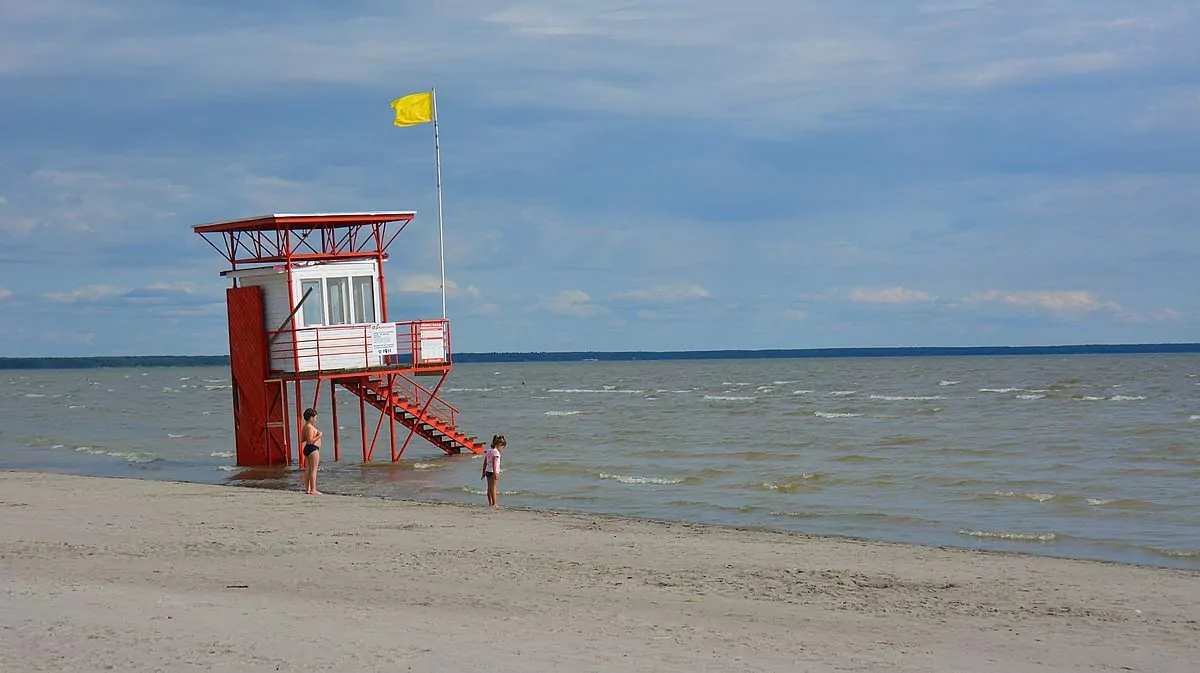










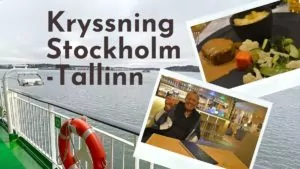
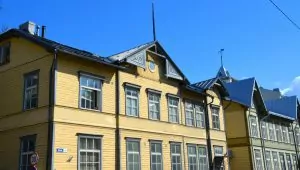
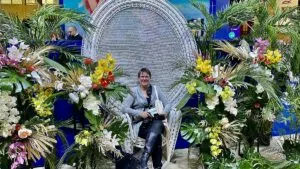
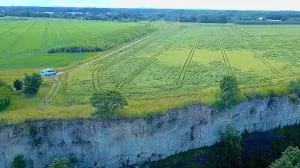
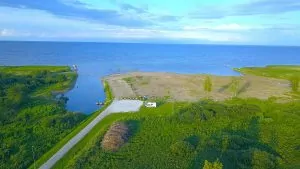
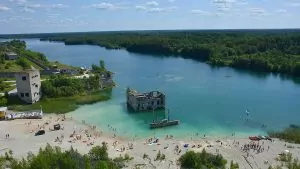
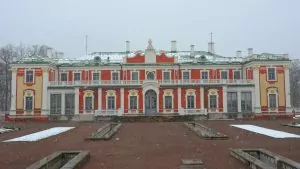
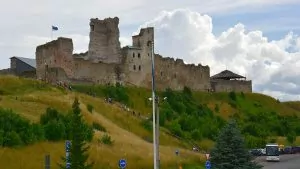
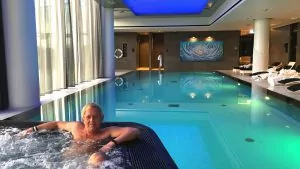
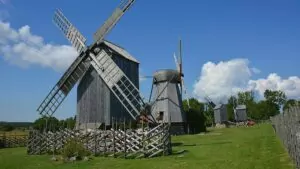
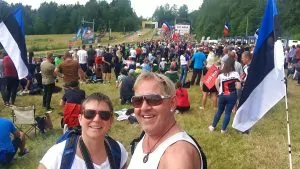
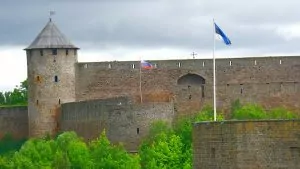
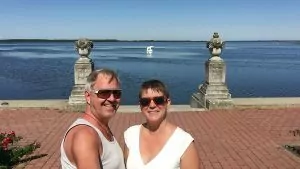
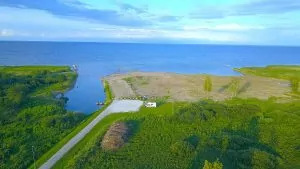
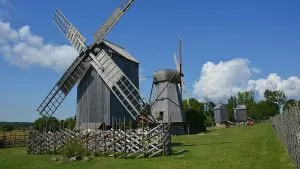
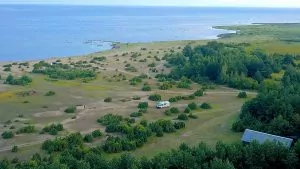
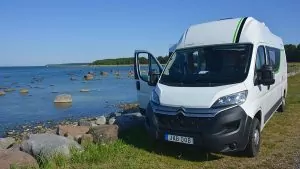
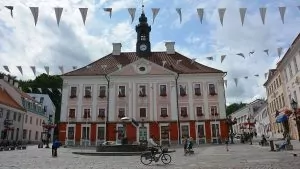
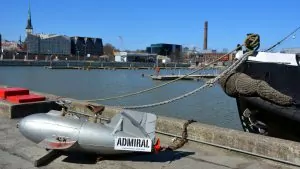
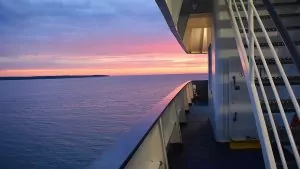
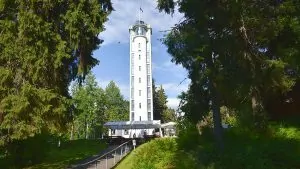
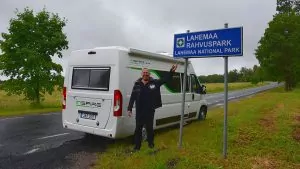
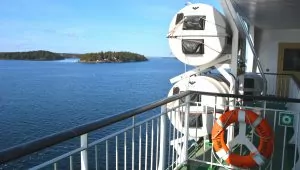
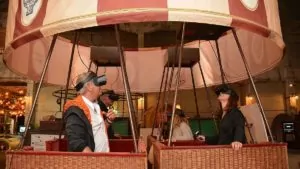
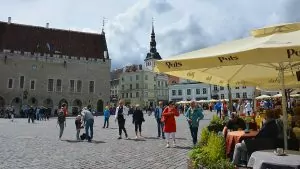
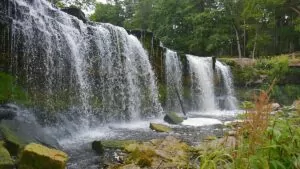
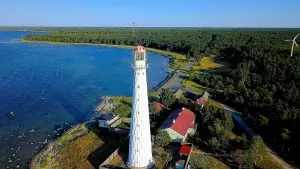
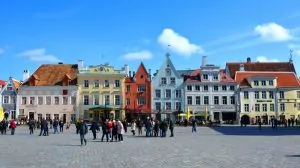
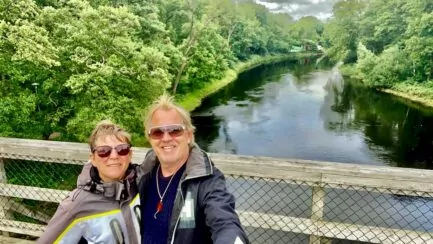
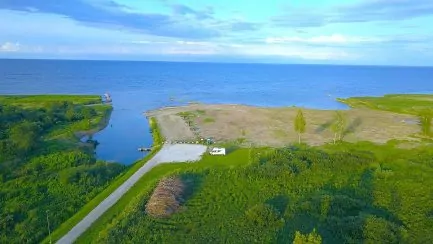
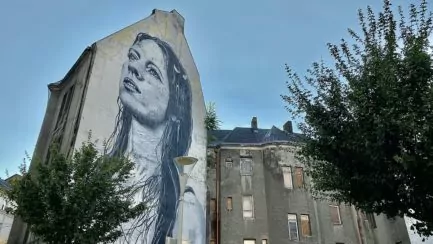
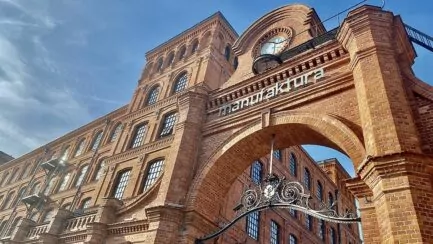
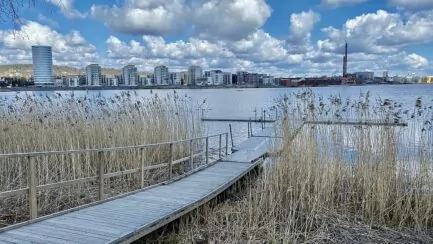
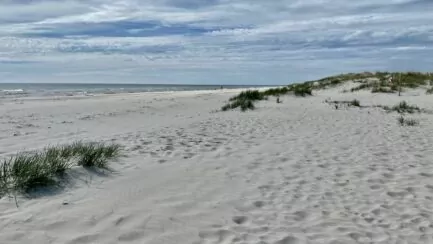



Nils-Åke Hansson says:
We were in Pärnu but do not remember much from there. Remember that there was talk about the coastline and parts of the city being closed during the Soviet era.
18 July 2019 - 7:22
Helena says:
Must have been tough in those days in many ways!
18 July 2019 - 14:52
Liniz Travel says:
Oh also want to go to the SPA in Pärnu. Looks lovely. What a wonderful trip hugs
18 July 2019 - 8:38
Helena says:
Great city and lots of spas! ??
18 July 2019 - 14:53
Gunilla o Janne Dreamteam says:
Well then, maybe Estonia is worth a trip? You are great at reportage❤️Ha and hugs to you er☀️.
18 July 2019 - 9:32
Helena says:
Estonia is definitely worth travelling around! Glad you like our reports! Hugs from us
18 July 2019 - 14:54
Ama de casa says:
What a fantastic hotel! I could also imagine staying there 🙂 Didn't they have a car park where you could have left the motorhome for a night? I would definitely have been able to ignore putting up the tent if such an accommodation appeared in front of me 😀.
18 July 2019 - 10:15
Helena says:
Super nice hotel really! Yes, it would have worked, but we are too cheap to pay for a hotel when we have a motorhome with us?
18 July 2019 - 14:56
Annette says:
Great pictures from Pärnu. What beautiful details on the buildings, and then of course I stuck to the dunes after having completely immersed myself in the Danish TV series Badhotellet. Hope to experience sand dunes and beautiful beaches on Gotland a little later this summer. And speaking of that, I will click into your travel register and see if you and / or others have blogged something about Gotland. Keep it nice!
18 July 2019 - 11:25
BP says:
Great pictures and film from Pärnu. Once again, I must say that Pärnu also reminds me of Jurmala/Majori outside Riga. This applies to both the buildings and the incredibly beautiful beaches.
If it weren't for the weather, you really wouldn't need to go to the Mediterranean...
18 July 2019 - 21:21
Lisa says:
At the quay we also stood . The weather was not the best so probably therefore the impression is not the best. Would have been good if you had been in Pärnu before, then we would have received good tips. We went to the sauna etc. at Tervis spa. The beach was nice and very long and sandy. A long wooden walkway goes out to the beach and on the sandy beach there are many benches to sit on for those who want to enjoy the sun and sea. Have a continued nice trip
18 July 2019 - 22:13